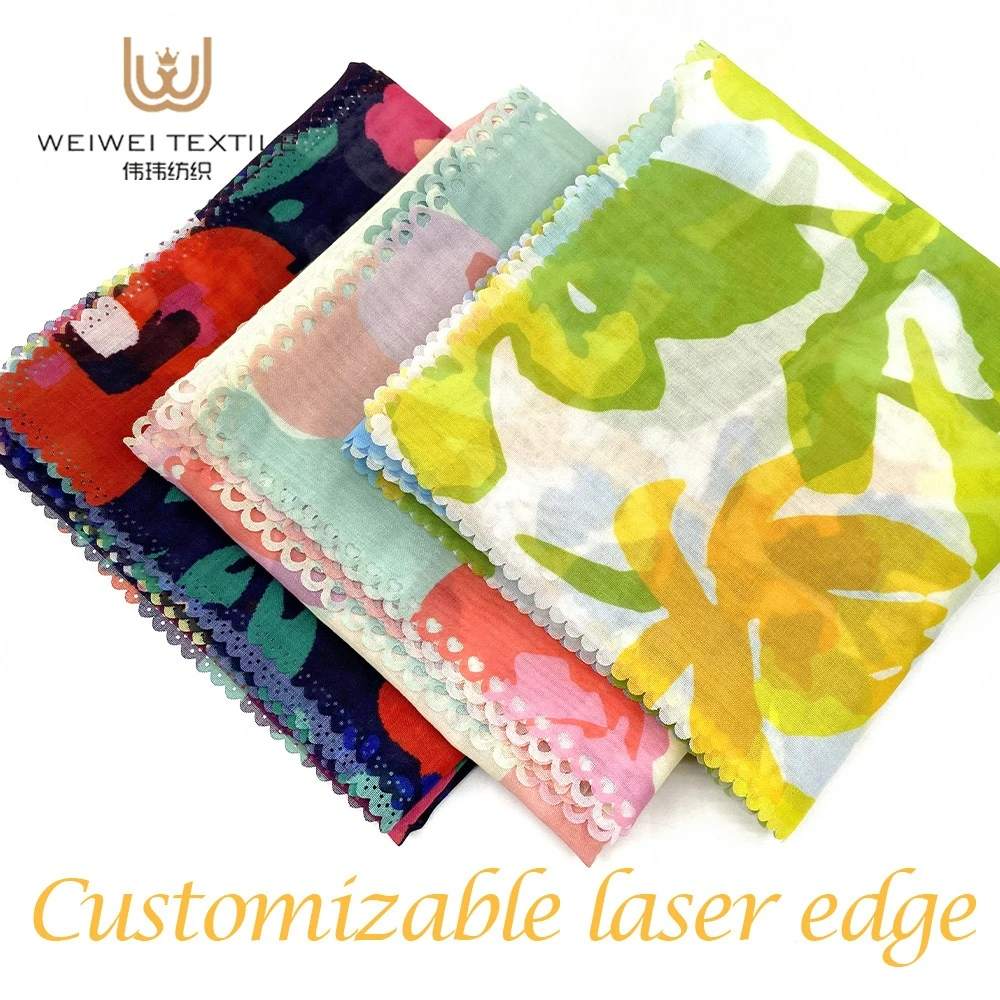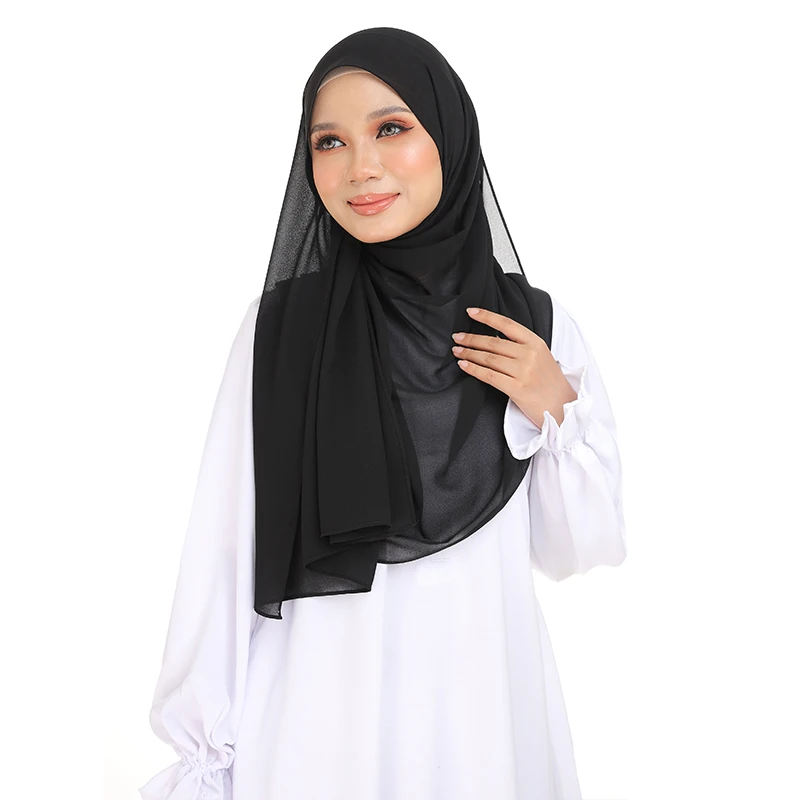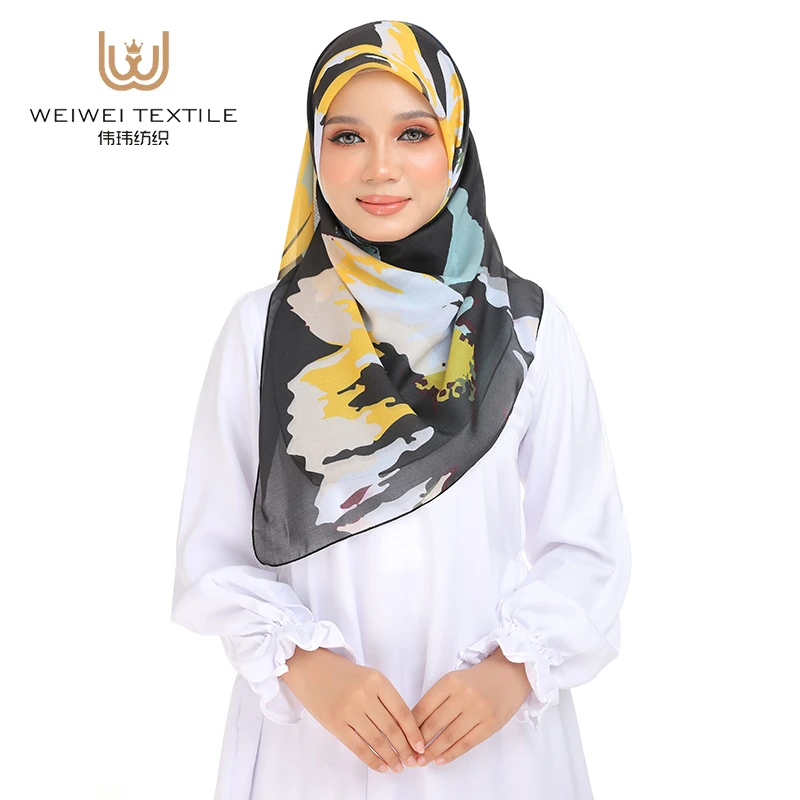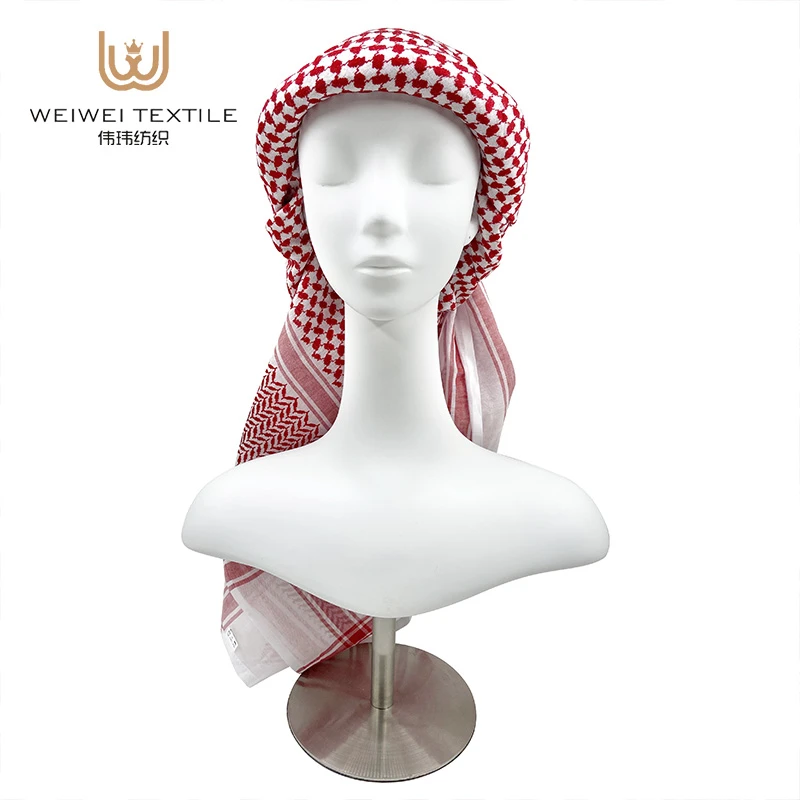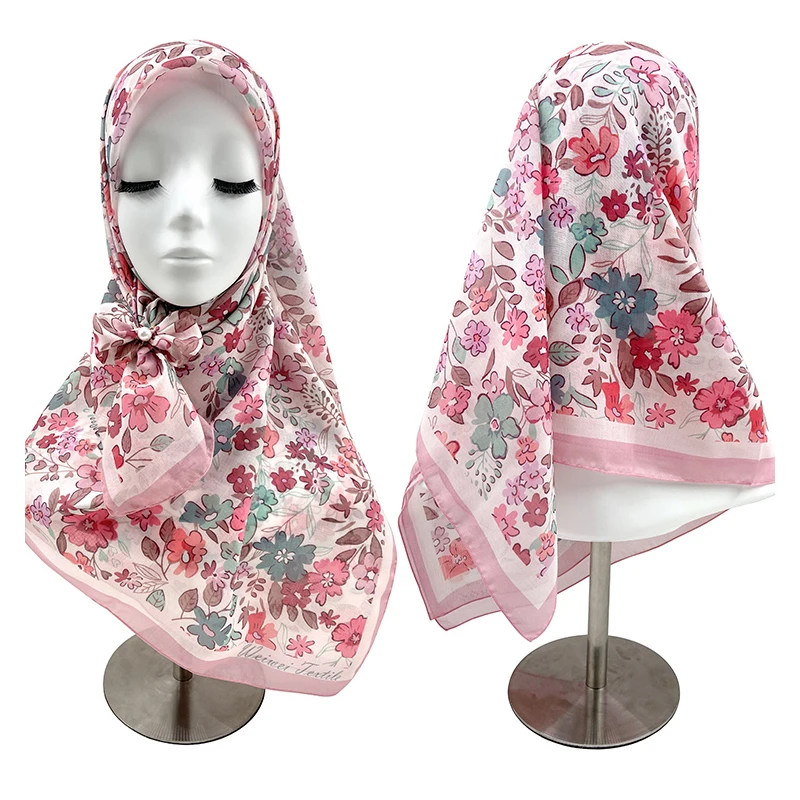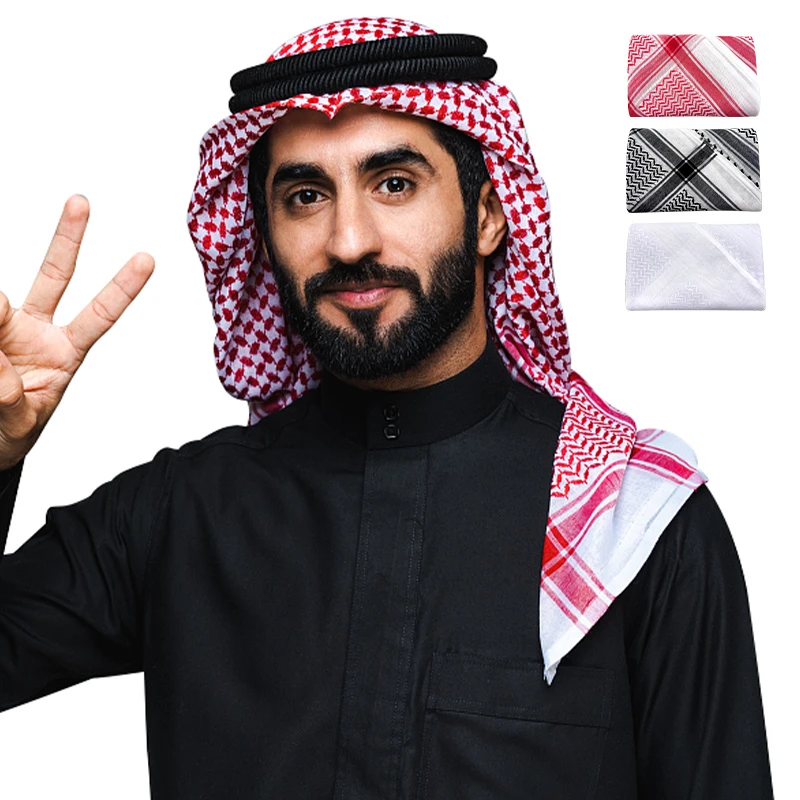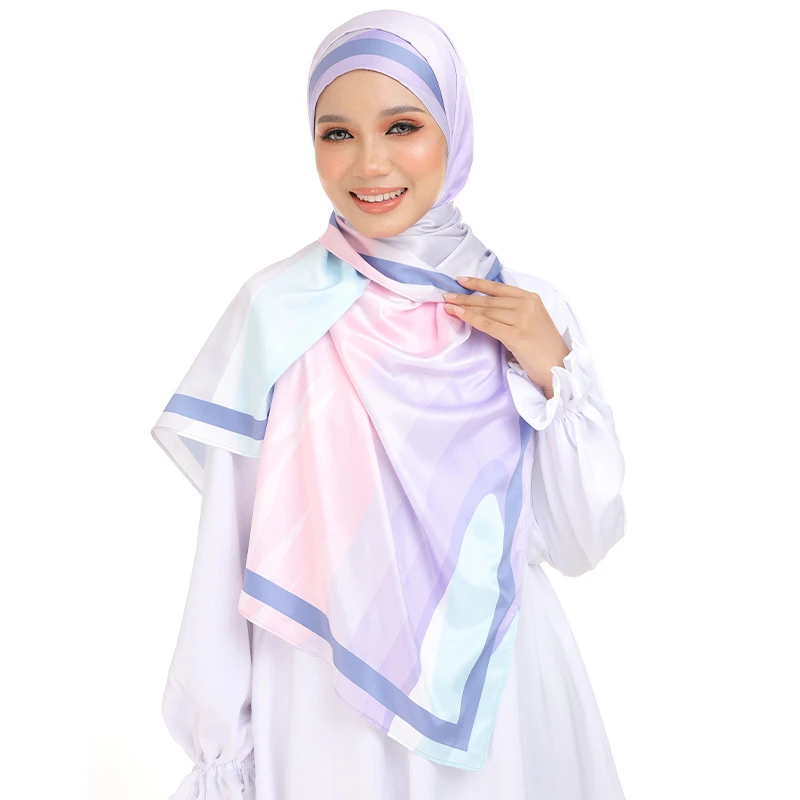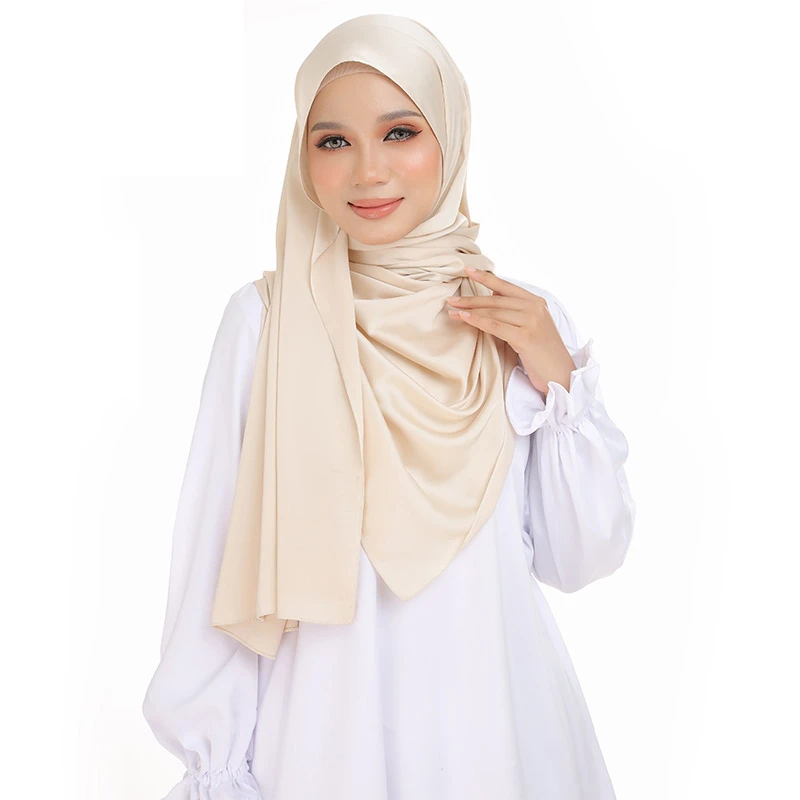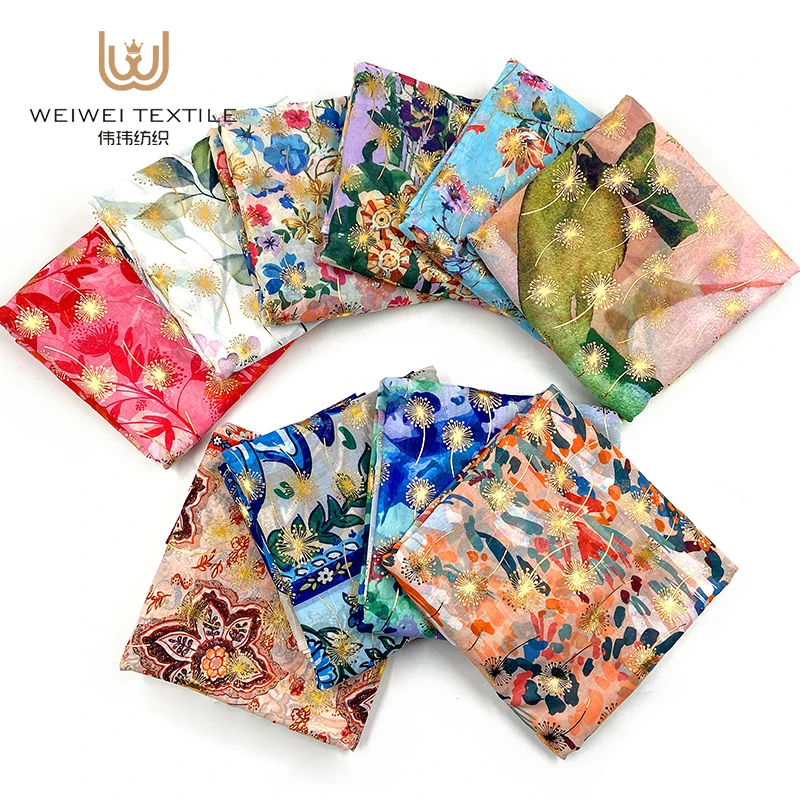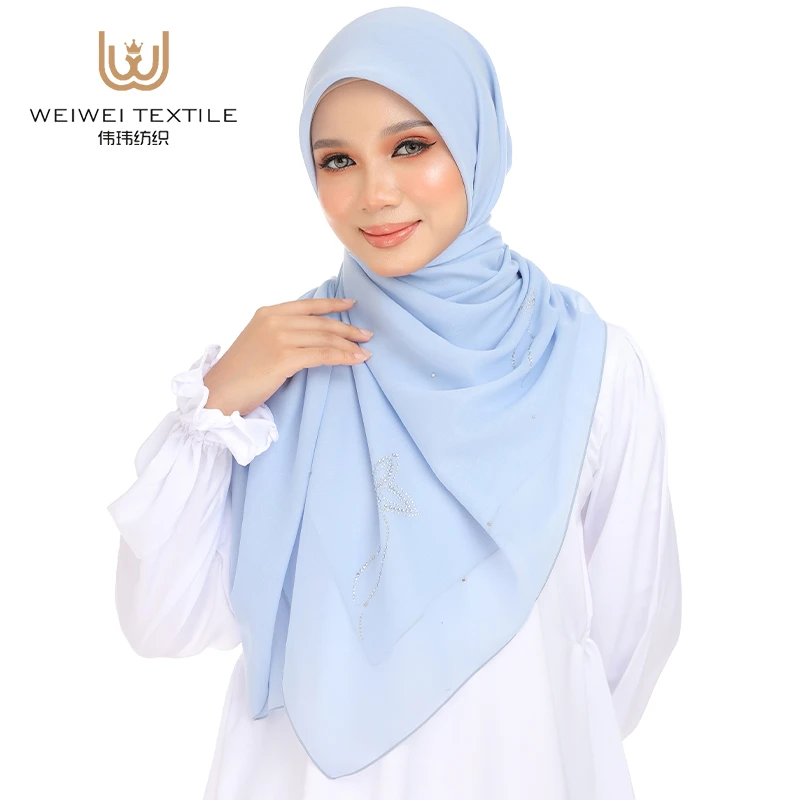Aug . 12, 2025 04:00 Back to list
Elegant Abaya Muslim Dresses: Modern Styles for Every Woman
The Evolution of Modest Fashion: Trends in abaya muslim dress
The global modest fashion market is experiencing unprecedented growth, driven by increasing demand for apparel that aligns with cultural and religious values while embracing contemporary design. Among these, the abaya muslim dress stands out as a versatile garment that transcends its traditional roots to become a significant segment of mainstream fashion. Market analysts project this sector to reach substantial valuation in the coming years, reflecting a shift towards inclusivity and diverse aesthetic preferences. This trend is not merely about covering but about celebrating identity, offering sophisticated designs, and integrating high-quality fabrics that ensure comfort and durability. Brands are increasingly focusing on sustainable practices and ethical sourcing, responding to a consumer base that is not only fashion-conscious but also socially responsible. The integration of advanced textile technologies, such as anti-crease fabrics and breathable materials, further enhances the appeal of modern abayas, making them suitable for various climates and occasions.
Beyond its traditional silhouette, the modern muslim abaya incorporates diverse design elements, including intricate embroidery, minimalist cuts, and innovative layering. The industry is seeing a surge in demand for bespoke and customizable options, allowing individuals to express their personal style while adhering to modesty. Collaborations between traditional artisans and contemporary designers are giving rise to unique collections that blend heritage with innovation. Furthermore, the digital marketplace has played a crucial role in expanding the reach of abaya fashion globally, enabling easier access to diverse styles and facilitating cross-cultural exchange. This dynamic evolution ensures that the abaya remains relevant and appealing to a broad demographic, from everyday wear to high-end couture, solidifying its position as a staple in the global fashion landscape.
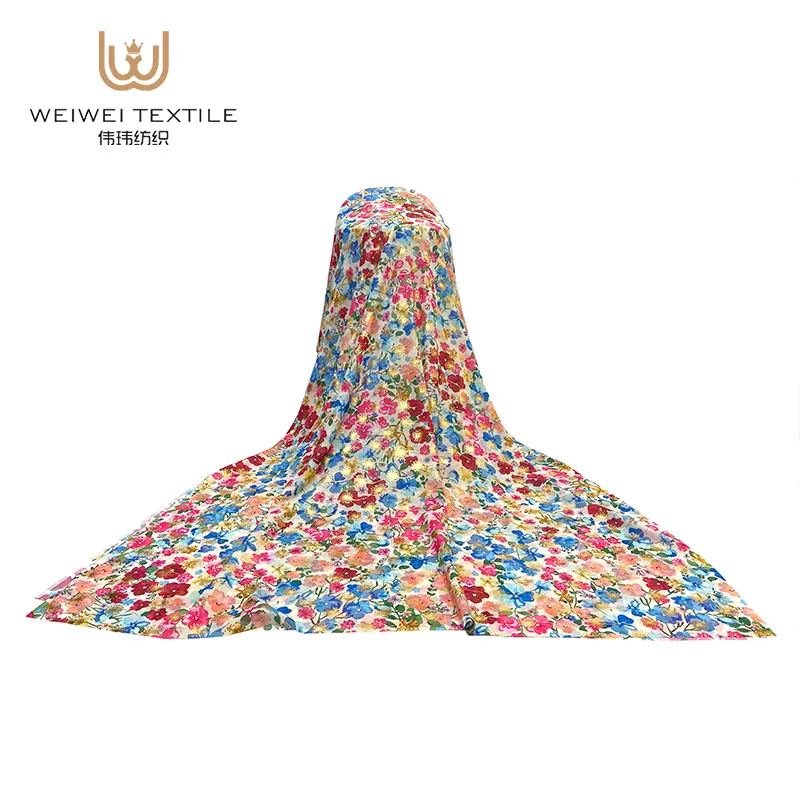
The Intricate Craft: Manufacturing Process of the Modern Abaya
The manufacturing of a high-quality abaya muslim dress is a meticulous process that combines traditional craftsmanship with modern textile engineering. It begins with the selection of premium fabrics, such as Nida, Crepe, CEY, or various blends of polyester, often chosen for their drape, breathability, and durability. For instance, Nida fabric is highly favored for its luxurious feel and excellent fall, while CEY offers anti-crease properties, ideal for travelers. These materials undergo stringent quality checks to ensure consistency in weave density, colorfastness, and absence of defects, adhering to textile industry standards such as ISO 9001 for quality management and OEKO-TEX Standard 100 for harmful substances, ensuring product safety and environmental responsibility.
Once the fabric is approved, it proceeds to the cutting stage, where advanced CAD/CAM systems are often employed to optimize material usage and ensure precise pattern cutting, minimizing waste. Following this, the components are meticulously stitched together. Techniques include straight stitching for seams, overlocking for raw edges to prevent fraying, and specialized stitching for embellishments. For products like the Sudanese Women Toub With Gold Stamping, a unique gold stamping process is applied, requiring precision to achieve intricate patterns that are durable and resistant to wear. This involves heat-pressing metallic foil onto the fabric using specialized dies. Post-stitching, each muslim abaya undergoes a rigorous quality control inspection covering dimensional stability, seam integrity, embellishment adhesion, and overall aesthetic appeal. This multi-stage process ensures a product with an extended service life and consistent quality, suitable for daily wear, formal occasions, or cultural events, demonstrating superior craftsmanship and material resilience.
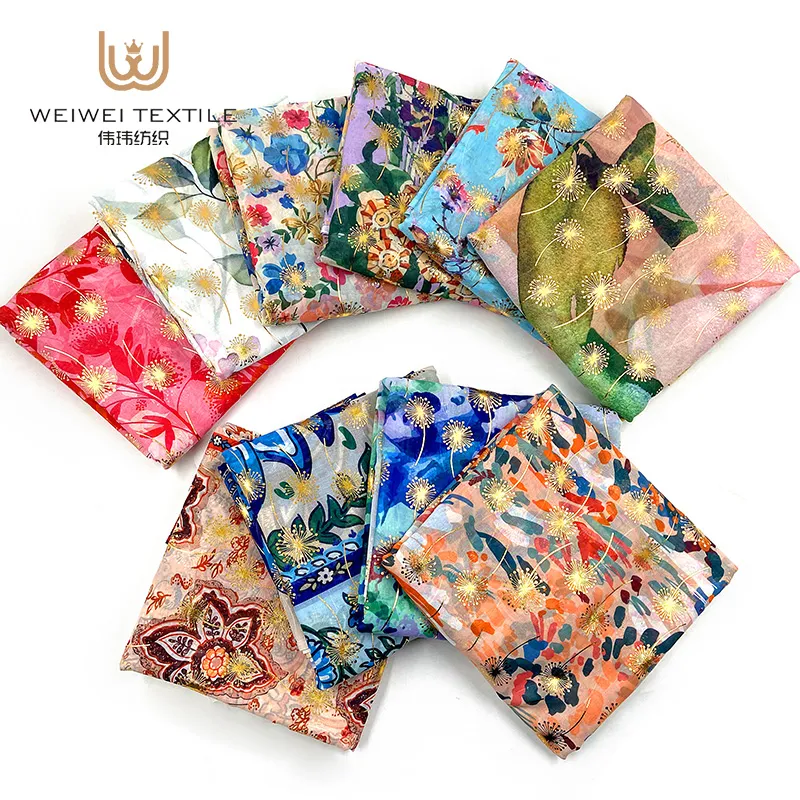
Technical Parameters and Performance Benchmarks for Abayas
Understanding the technical specifications of a abaya muslim dress is crucial for B2B buyers seeking quality and performance. Key parameters include fabric composition, measured in grams per square meter (GSM) to indicate weight and density; colorfastness to washing, light, and rubbing, typically evaluated using AATCC or ISO standards to ensure color retention; and shrinkage resistance, crucial for maintaining garment dimensions after laundering. Breathability and drapability are also vital, influencing comfort and aesthetic flow. For garments featuring intricate embellishments like gold stamping, the durability of these applications under various conditions, including washing and ironing, is assessed to guarantee longevity and maintain visual integrity.
Below is a comparative table outlining typical technical parameters found across various abaya fashion styles, highlighting the range of specifications available in the market. These benchmarks enable informed decisions regarding material choice and manufacturing techniques, ensuring the final product meets specific market demands and performance expectations. Our Sudanese Women Toub, for instance, exhibits excellent color retention and minimal shrinkage due to its high-quality CEY fabric and advanced dyeing processes, designed for superior wearability and aesthetic appeal in diverse climates. Manufacturers often provide detailed technical data sheets, including tensile strength, tear strength, and pilling resistance, offering a comprehensive overview of the fabric's resilience and long-term performance.
| Parameter | Description | Typical Range/Value | Testing Standard |
|---|---|---|---|
| Fabric Composition | Material type (e.g., Polyester, Crepe, Nida, CEY blends) | 100% Polyester, Polyester-Spandex blends | FTC Textile Fiber Products Identification Act |
| Fabric Weight (GSM) | Grams per Square Meter (density) | 120 GSM - 220 GSM | ASTM D3776 / ISO 3801 |
| Colorfastness to Washing | Resistance to color change/staining during washing | Grade 4-5 (on a 1-5 scale) | AATCC 61 / ISO 105 C06 |
| Shrinkage Resistance | Percentage of dimension change after washing | Less than 3% | AATCC 135 / ISO 6330 |
| Pilling Resistance | Resistance to formation of fiber pills on fabric surface | Grade 3-4 (on a 1-5 scale) | ASTM D4970 / ISO 12945-2 |
| Embellishment Adhesion | Durability of applied patterns (e.g., gold stamping) | Excellent, no peeling after multiple washes | Internal quality control |
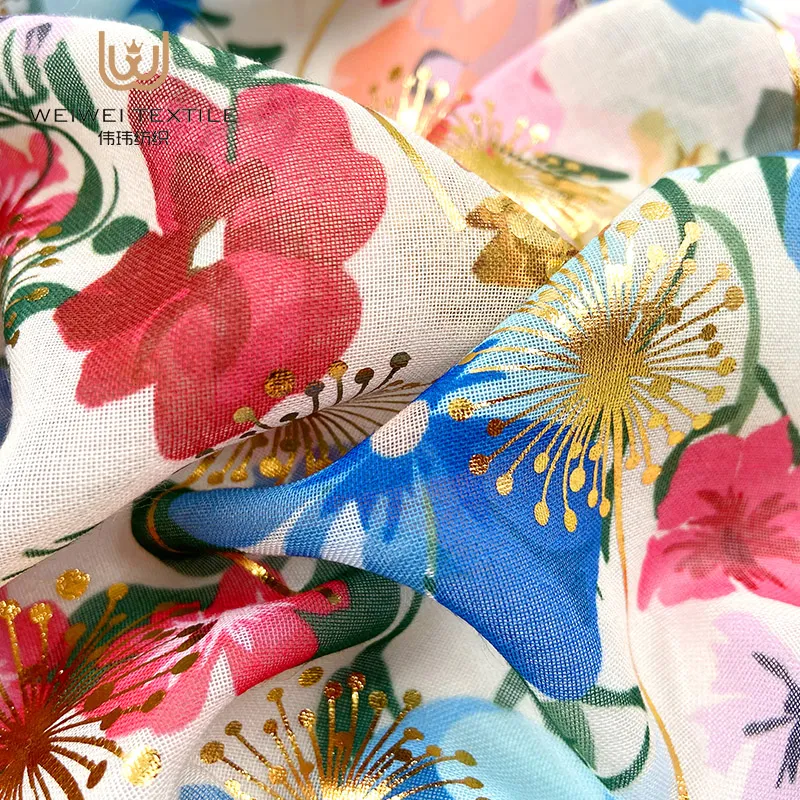
Application Scenarios and Strategic Advantages of Premium Abayas
The application of a well-crafted abaya muslim dress extends far beyond everyday wear, catering to a diverse range of scenarios from formal corporate settings to significant social gatherings and specialized professional environments. In business contexts, a thoughtfully designed abaya offers a professional and respectful appearance, crucial in regions where modest dress is culturally esteemed. For special occasions such as Eid celebrations, weddings, or religious ceremonies, intricately embellished abayas, like those featuring elegant gold stamping, provide a blend of traditional elegance and modern sophistication. These garments offer a distinct advantage through their versatility, allowing for easy layering and adaptation to various climates and events without compromising on comfort or style. The breathability and durability of high-quality fabrics ensure long-term wear, reducing the need for frequent replacements and presenting a cost-effective solution for B2B procurement in sectors like hospitality, corporate uniform supply, or event management.
Our abaya fashion collections emphasize not just aesthetic appeal but also functional superiority. For example, abayas made from advanced polyester blends offer natural wrinkle resistance, making them ideal for travel and reducing maintenance efforts. Their robust construction ensures they withstand repeated washing cycles without degradation in color or fabric integrity, crucial for bulk purchasers. Furthermore, the commitment to ethically sourced materials and responsible manufacturing practices adds significant value, aligning with the corporate social responsibility objectives of many B2B clients. This strategic advantage, combined with customized sizing and design options, positions premium abayas as an intelligent investment for businesses looking to provide high-quality, culturally appropriate, and durable apparel solutions to their clientele or employees, showcasing a blend of traditional craftsmanship and modern utility.
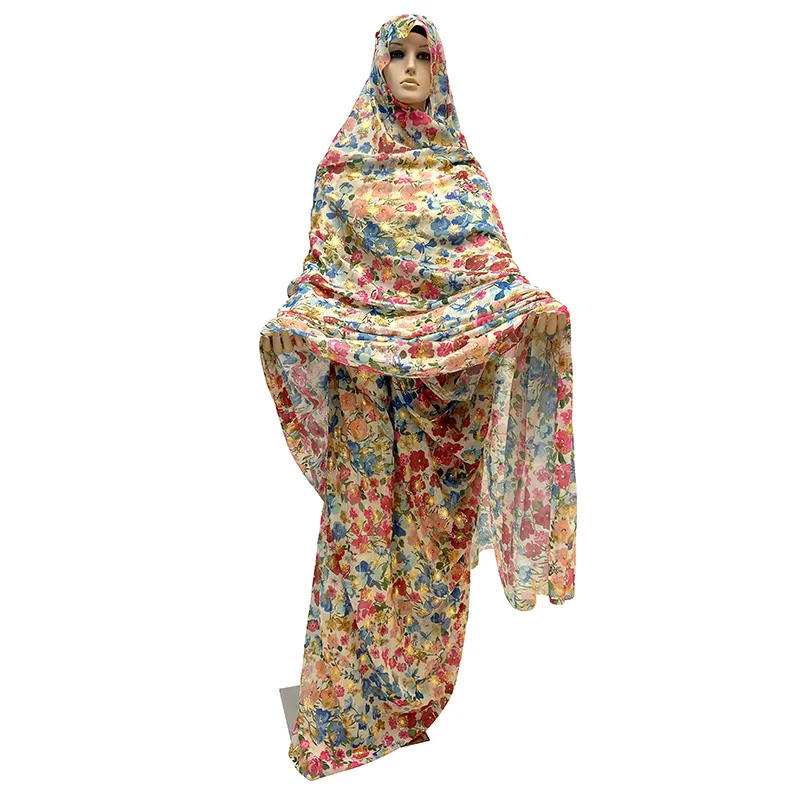
Customization and Partnership Solutions for Bulk Orders
For B2B clients, the ability to customize abaya muslim dress orders is a significant differentiator. We offer comprehensive customization solutions, including specific fabric selections, color matching, size variations beyond standard charts, and tailored embellishments such as bespoke embroidery or specialized gold stamping patterns to incorporate corporate logos or unique design elements. Our design team collaborates closely with clients to translate their vision into tangible products, ensuring that the final garments align perfectly with their brand identity or specific project requirements. This bespoke approach extends to packaging and labeling, providing a complete white-label solution if required, allowing our partners to enhance their brand presence and market reach effectively. The flexibility in our manufacturing process, supported by advanced machinery and skilled artisans, enables us to fulfill diverse order specifications, from small-batch custom designs to large-scale bulk productions.
Our commitment to client success is reflected in our robust customer support and post-sales services. We provide dedicated account managers for bulk orders, ensuring seamless communication and efficient project management from initial consultation to final delivery. Our delivery cycle is meticulously managed to meet stipulated deadlines, with clear communication regarding lead times and logistics. Furthermore, we stand by the quality of our muslim abaya products with a comprehensive quality assurance policy and warranty against manufacturing defects, underscoring our trustworthiness and reliability as a supplier. This holistic approach, encompassing design flexibility, manufacturing excellence, and unwavering support, positions us as a preferred partner for businesses seeking premium, customized modest wear solutions that meet the stringent demands of global markets and enhance customer satisfaction.
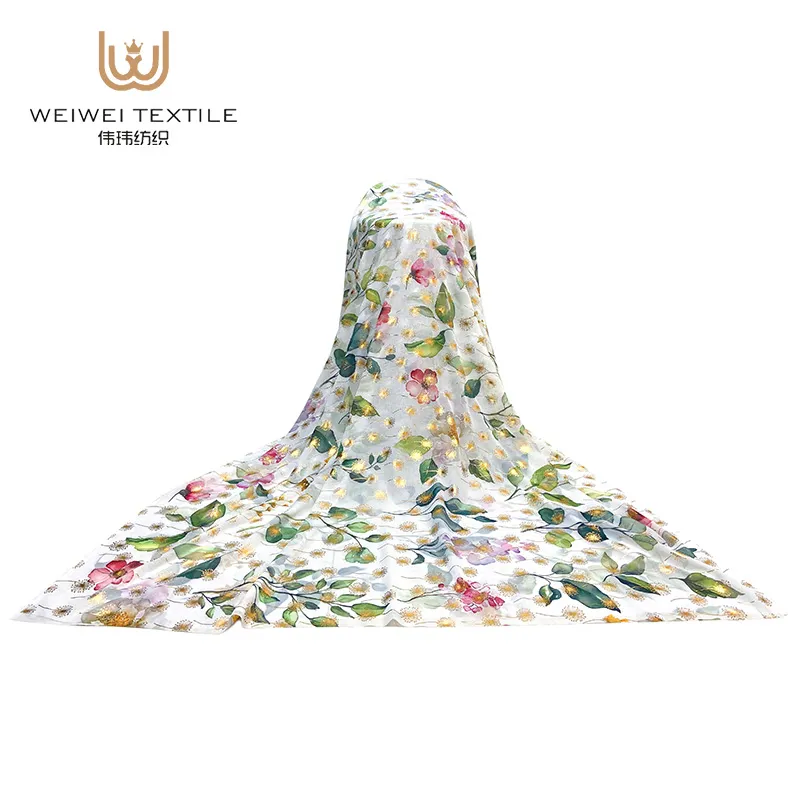
Frequently Asked Questions (FAQ) about Abaya Procurement
-
Q: What is the typical lead time for bulk orders of abaya muslim dress?
A: Lead times vary depending on the order quantity, complexity of customization, and current production schedule. Typically, for standard designs, it ranges from 4-6 weeks after order confirmation and deposit. For highly customized or large-volume orders, specific timelines are provided during the quotation phase. -
Q: Do you offer samples before a large order?
A: Yes, we highly recommend sample production for bulk orders, especially for customized designs. This allows clients to assess the fabric quality, craftsmanship, and fit before full-scale production. Sample fees may apply but are often deductible from the final bulk order. -
Q: What are your quality assurance processes for muslim abaya products?
A: Our quality control system is integrated throughout the manufacturing process, from raw material inspection to final product audit. We adhere to international textile standards (e.g., ISO, OEKO-TEX) and conduct multiple checkpoints for fabric integrity, stitching quality, colorfastness, and embellishment durability. Third-party inspections can also be arranged upon request. -
Q: Can you accommodate specific sizing charts for different markets?
A: Absolutely. We understand that sizing varies across regions. We can work with your specific sizing charts and provide custom patterns to ensure a perfect fit for your target demographic, enhancing customer satisfaction for your abaya fashion line. -
Q: What is your policy on returns or defective products?
A: We offer a comprehensive warranty against manufacturing defects. In the rare event of receiving defective products, we facilitate returns, replacements, or provide appropriate compensation in accordance with our terms and conditions, ensuring client satisfaction and long-term partnership.
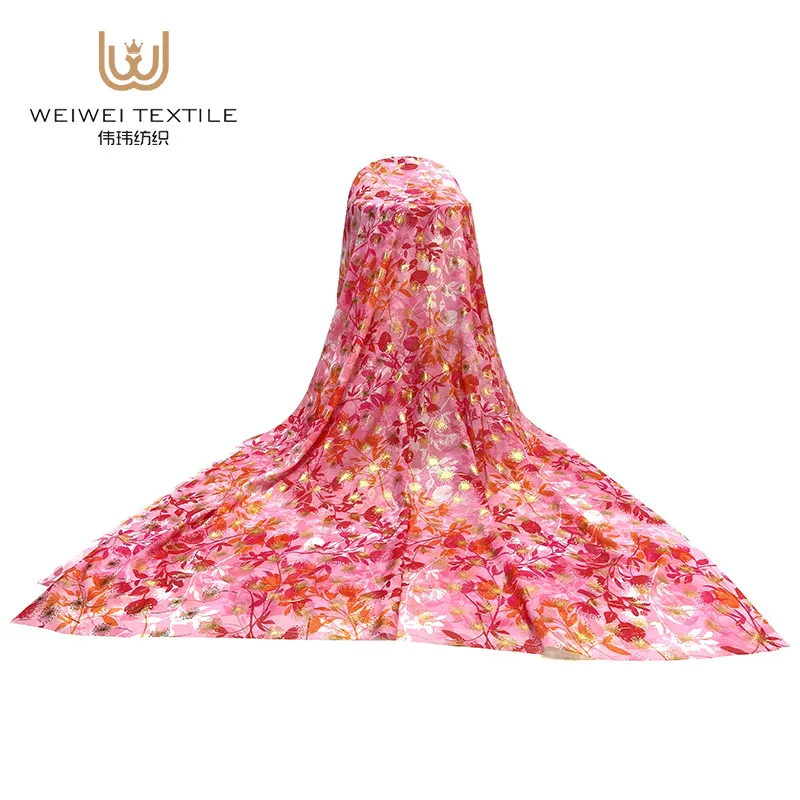
References and Authoritative Resources
- Ahmed, H. M., & Teah, K. S. (2018). The rise of modest fashion and its implications for the global textile and apparel industry. Journal of Fashion Marketing and Management: An International Journal, 22(3), 433-447.
- Islamic Fashion & Design Council. (2021). Global Modest Fashion Market Report.
- Textile Exchange. (2020). Material Change Index: Accelerating Sustainable Fiber & Material Sourcing.
- AATCC. (2019). Technical Manual of the American Association of Textile Chemists and Colorists.
- ISO. (2020). ISO 9001:2015 Quality Management Systems – Requirements.
-
Why Choose a Chiffon Scarf? Lightweight & Breathable Benefits
NewsAug.07,2025
-
Trends in OEM Printed Muslim Women Hijab Fashion
NewsAug.07,2025
-
The Benefits of Choosing a Satin Scarf for Hair Protection
NewsAug.07,2025
-
Satin Scarf Outfits: From Casual to Elegant - A Complete Style Guide
NewsAug.07,2025
-
How to Tie a Voile Scarf as an Elegant Head Wrap
NewsAug.07,2025
-
Eco-Friendly Fabrics and OEM Printing Techniques for Sustainable Muslim Women’s Hijabs
NewsAug.07,2025




